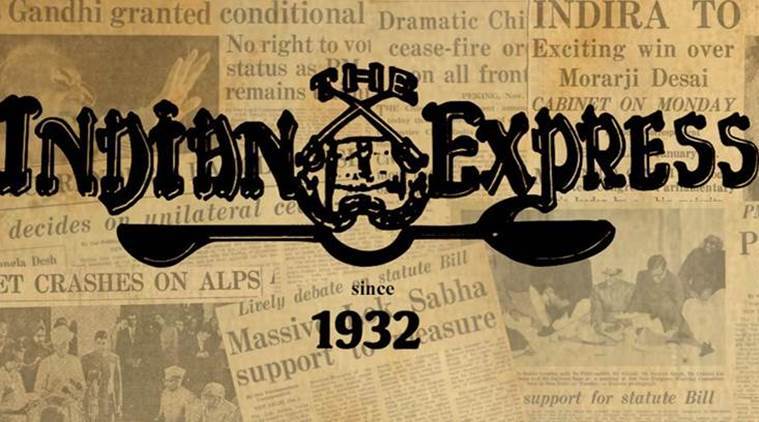 The system, that can barely deal with 30 mm of rainfall, gets choked when Mumbai experiences torrential rainfall of the kind it got on Sunday and Monday.
The system, that can barely deal with 30 mm of rainfall, gets choked when Mumbai experiences torrential rainfall of the kind it got on Sunday and Monday.
On Sunday, Mumbai received more than 150 mm of rainfall. According to the India Meteorological Department, this is five times the normal rainfall the city should receive on a monsoon day in June. The downpour intensified on Monday with the Santa Cruz observatory recording more than 230 mm of rainfall. Three people have lost their lives, a high-rise building has caved in and water logging has disrupted traffic and railway services, bringing back memories of August last year, when four days of incessant rainfall turned roads into rivers.
But the memory that Mumbaikars dread most is that of the floods of 2005. At least 500 people lost their lives when 944 mm of rainfall, over a 24-hour period, brought the Mumbai Metropolitan Region to its knees. After the floodwaters receded, the Maharashtra government constituted the Madhavrao Chitale Committee to assess the city’s disaster preparedness. The recommendations of the committee’s report, submitted in 2006, have been implemented sluggishly, at best. The refurbishing of Mumbai’s colonial-era stormwater drainage system, for instance, hasn’t acquired the urgency required to meet the needs of a city of 1.84 crore people. The system, that can barely deal with 30 mm of rainfall, gets choked when Mumbai experiences torrential rainfall of the kind it got on Sunday and Monday. The situation gets compounded because the city’s wetlands, creeks, and nullahs have either been built over or have become stinking gutters. Housing colonies empty their waste into them and untreated effluents from industries flow freely into what used to be Mumbai’s natural sponges. The most important component of the city’s drainage network, the Mithi river, which once demarcated Mumbai and its suburbs, is encroached upon and clogged with plastic and solid waste. Very little remains of the mangroves along the city’s coastlines, which mitigated the effects of torrential rains.
It may not be possible to revive Mumbai’s mangroves. But any long-term solution to the city’s frequent flooding problems, as the Chitale Committee suggested, requires the unburdening of Mumbai’s natural drainage system. Unless the channels of the Mithi river are widened and the plastic menace curbed, India’s financial capital will struggle to deal with heavy rainfall. A day before Sunday’s downpour, the Brihanmumbai Municipal Corporation laid down regulations, making Mumbai the first city in Maharashtra to enforce the state’s ban on the use of plastics. But 17 other states, that have similar regulations in place, still find it difficult to contain the menace. A 2016 report of the Central Pollution Control Board notes that, “plastic bags are stocked, sold and used indiscriminately even in those states where they are completely banned”. The report also notes these states would do well to “implement the Plastic Waste Management Rules 2011, which mandate proper systems to ensure the segregation and disposal of plastic waste”. This holds true for Mumbai as well.